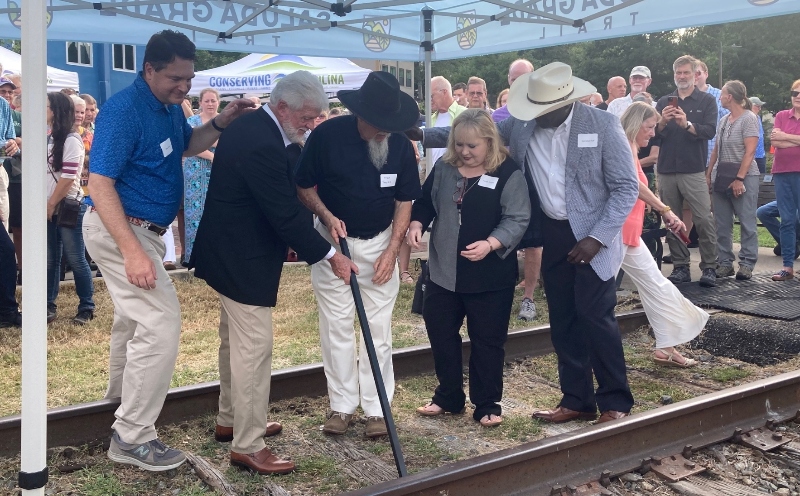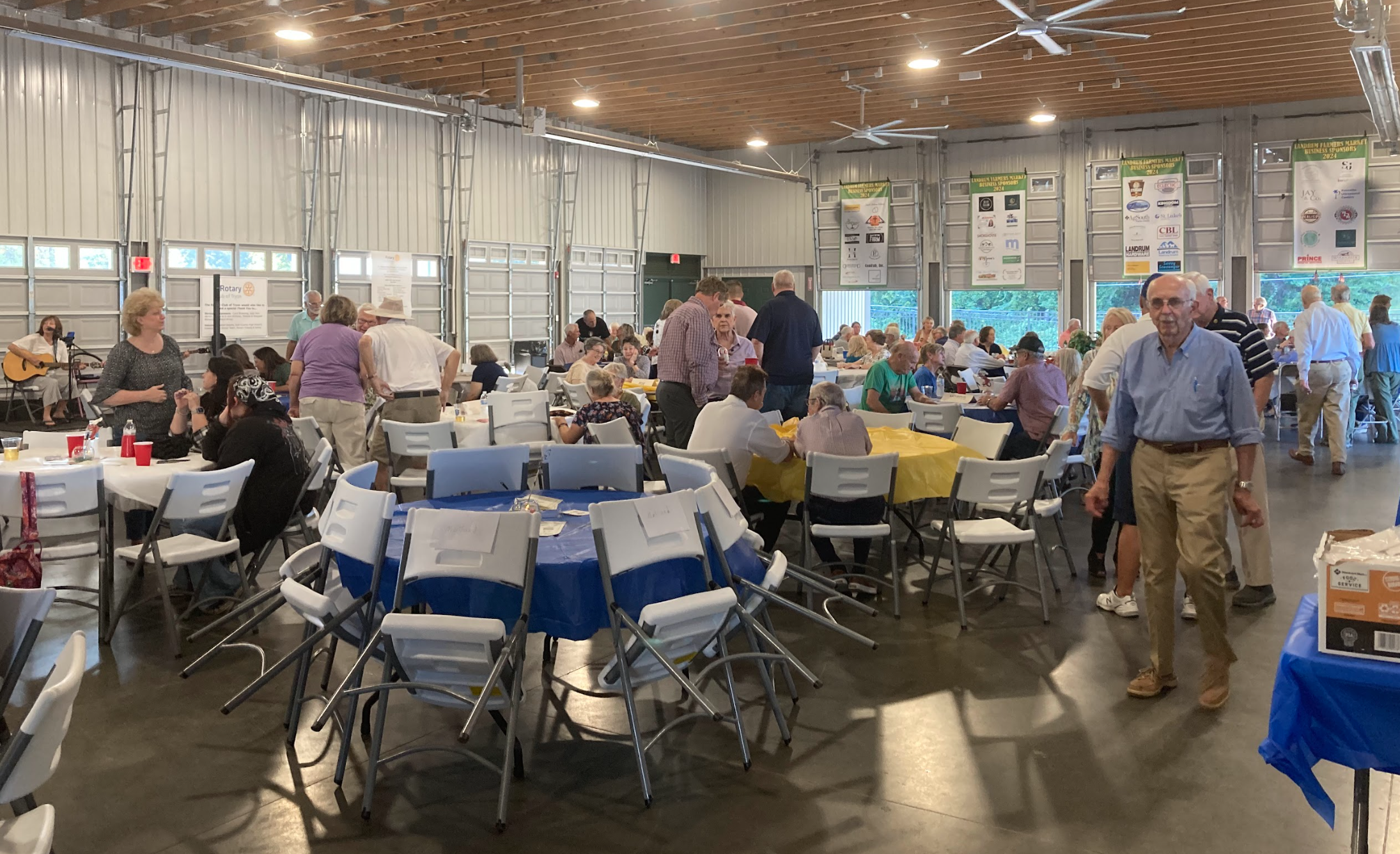A primer on Dark Corner’s large recognizable rocks
Published 10:00 pm Tuesday, July 26, 2016

The Dark Corner’s front range of mountains, with Glassy Rock atop Glassy Mountain on the left; small Little Round Rock formation to the right; and Big Round Rock Mountain two thirds of the way to the right next to Hogback Mountain, the tallest peak.
When conducting tours around the Dark Corner, the south range of mountains from Glassy Mountain on the west to Hogback Mountain on the east is an imposing sight for much of the trip.
Giant rocks on the mountainsides invariably draw questions of one kind or another: what are the names, why are they called by those names, and why are they so different?
I’ve had to invent a kind of primer in my own mind to differentiate them from each other for those touring with me. Last April, an out-of-town family guest touring with local relatives asked if I had ever written this information down. The answer was no.
Trending
I had the local relative make a long shot photo of the entire front range and then reiterated descriptions of the three large recognizable rock formations from left to right. “That’s great, if I will remember what you are saying,” the relative said, “but it sure would be nice if you would write it down somewhere sometime.”
So, tale readers, here is my rock formations primer, written down.We begin with the giant, horizontal Glassy Rock, which covers the top half of Glassy Mountain on the left end of the range. This spectacular rock formation was named Glassy because after a rain shower, water running down its face would catch the rays of the sun rising in the East and give the appearance of a giant reflective looking glass, or mirror.
The face of the rock is not smooth; it has highs and lows with occasional small ledges. As a young man, I and other friends would climb down (without the use of a safety rope) to the first ledge below the top to gather a peach from an Indian peach tree that grew there. In no way would I advise doing so today!
To the right of Glassy Rock, there is a very round rock formation sticking out near the top of the mountain, which looks almost like a large ball that is partially imbedded in the mountain side. Natives of the area have always called this Little Round Rock.
Residents of the Cliffs at Glassy prefer to call this Convict Rock, since they have been told the story of a moonshiner who escaped from jail in Greenville back in the 1920s and hid out from the authorities for quite a while. When finally discovered, he was hiding in a small cave structure beneath the rock formation.
To the right of this smaller round rock is an entire self-standing mountain which has a three-section vertical rounded rock face over most of its surface. This is called Big Round Rock Mountain. It is lower than, and is sandwiched between, Hogshead and Hogback Mountains.
Trending
Hogback Mountain at this southern viewpoint does not look like its name. That is because the very first settlers to this Dark Corner area came from the northeast and east. Their first view of this tallest peak in the range was from the eastern end, where it definitely looks like a giant hog’s back with a smaller mountain on the left, which was named Hogshead Mountain.
These early settlers did not realize that there is the smaller Big Round Rock Mountain between Hogshead and Hogback. Only when they came further west on the southern edge of the range did they realize the smaller mountain was there.
Hogback Mountain itself has no major rock outcroppings on its sides.





